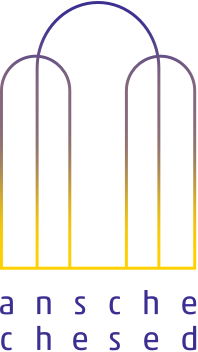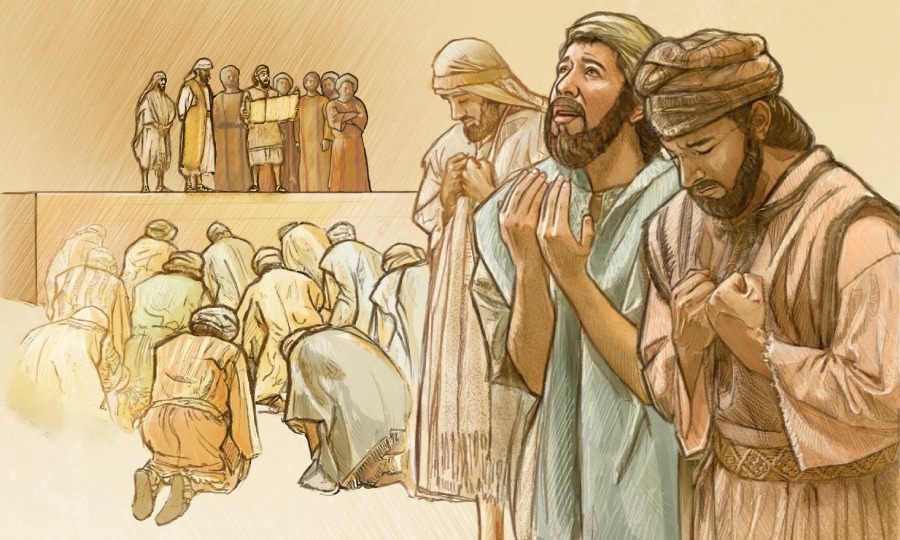Tefillah is a poetry recitation accompanied by a few cool dance moves. In the ritualized choreography of communal worship, we sit, we stand, we sway.
And we bow.
A standard time to bow is ברכו/Barekhu, which transitions from the introductory sections to the formal liturgy: the three biblical passages of the שמע ישראל/Shema Israel and the עמידה/Amidah [“standing prayer”] composed of dreams, wishes, pleas, praise and thanks.
In Bible, people bow all over the place, employing a range of gestures, including lying face down and getting down on one’s knees.
By the time the Sages came along, they sought to regulate bowing, which they seem to have regarded as overly showy. “One should not bow too much,” says the Jerusalem Talmud [Berakhot 1:8]. The Amidah became the principle occasion for bowing, and I will take this topic up again when posting about that prayer.
The classical Jewish bow is a mixture of submission and dignity: One should “bow at the word barukh, rise erect at the divine name.” That is, when recite the word Blessed one expresses worshipful awe by bowing at the knees and waist. Then upon saying Adonay, one rises up again, for ה’ זוקף כפופים/“the Lord straightens those who are bent” [Psalm 146]. With these actions, I feel the dialectical experience of faith: God makes me humble; God makes me strong.
To my surprise, when I began reading up, I discovered that bowing at Barekhu is not well grounded in the sources. Neither of the 16th century legal giants, R. Yosef Karo and R. Moshe Isserles, mention it in the Shulhan Arukh or other writings. The Vilna Gaon [R. Elijah of Vilna] is said to have opposed bowing at Barekhu, and other writers explicitly forbid it.
Halakhically, there is no true requirement to bow at Barekhu. But everyone else will do it. So you will probably feel funny if you don’t. And you might get something out of the reasons offered by two Medieval sources:
The main source commanding bowing is Kol Bo [#8], an anonymous 13th or 14th century Ashkenazi work, which prescribes, as noted, bowing at barukh and standing upright at the divine name. And if you execute that move, you can feel that combination of awe and dignity that Jewish worship should confer.
The mystically inclined might have a meditative, Yogic experience by following the 15th century Kabbalist R. Moshe of Kiev, from Shoshan Sodot [or “The Rose of 656 Secrets”]. He proposes not a full bow at Barekhu, but simply tilting the head downward, to mimic what is going on in the celestial spheres. Our prayers draw blessings from the loftiest, infinite divine realms, through the Godhead, down through the feminine Shekhina and into our world. When you tilt your head down, it enacts a kind of sympathetic magic and helps the blessings flow. True? At least beautiful. And stretching your neck could help you feel that morning prayer makes you, yourself, into a conduit for Hashem’s blessings, from heaven to earth.





